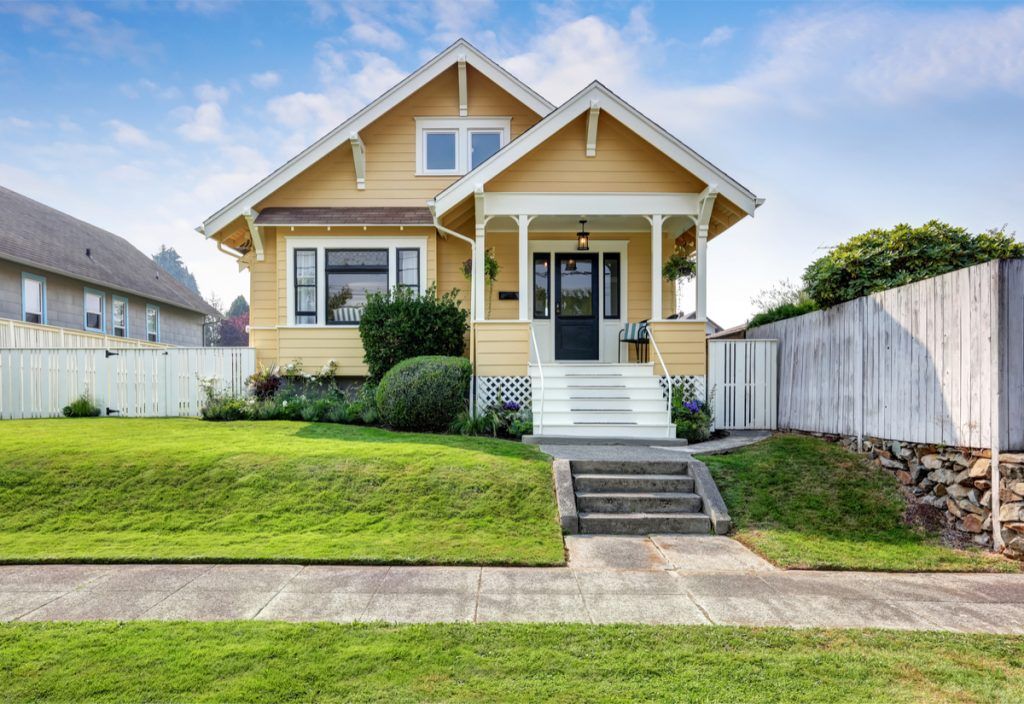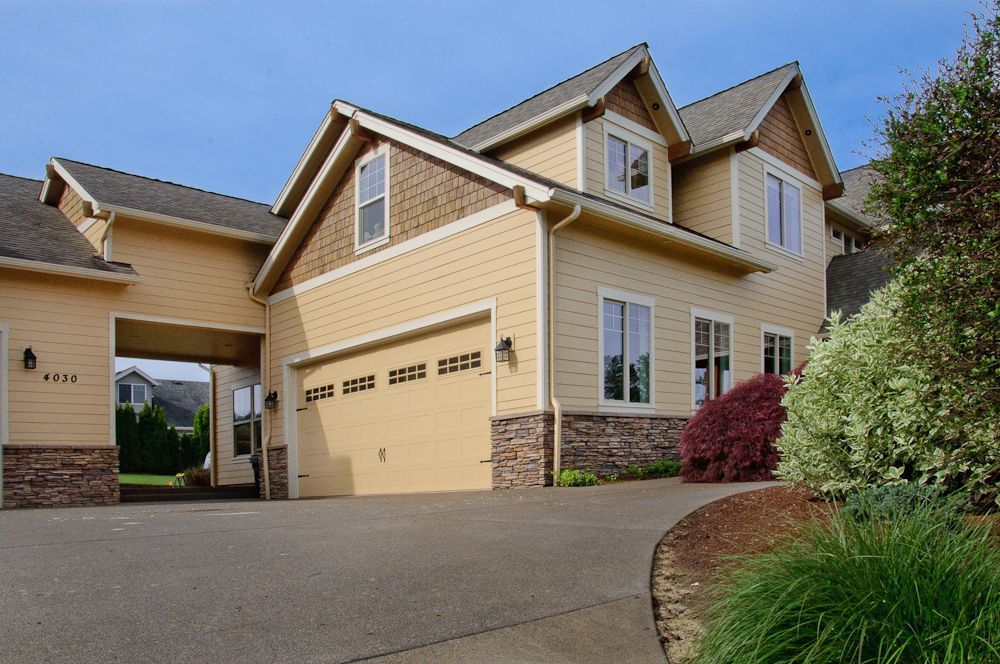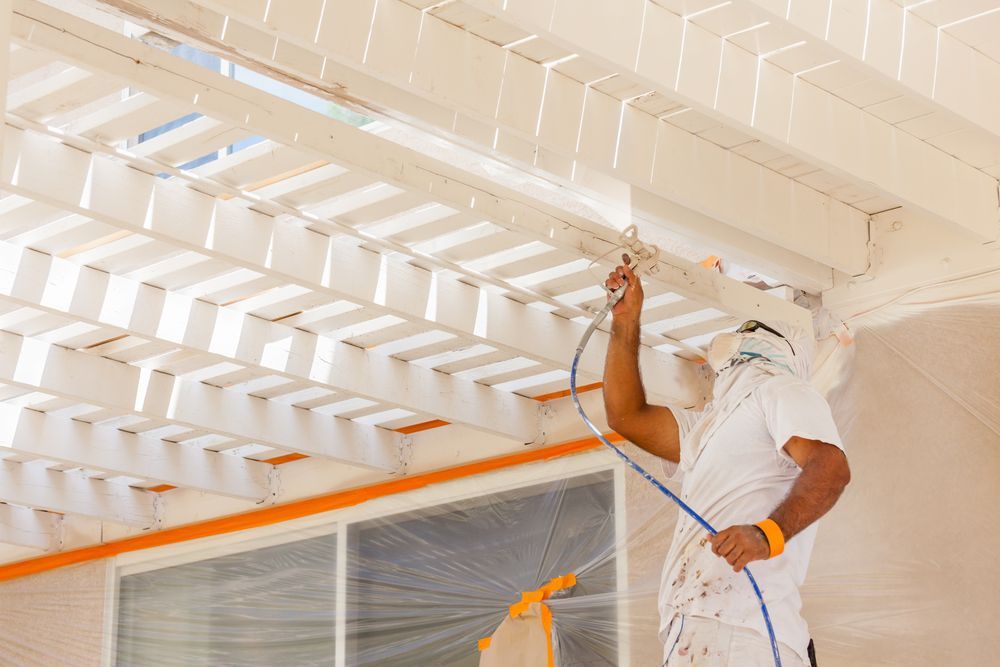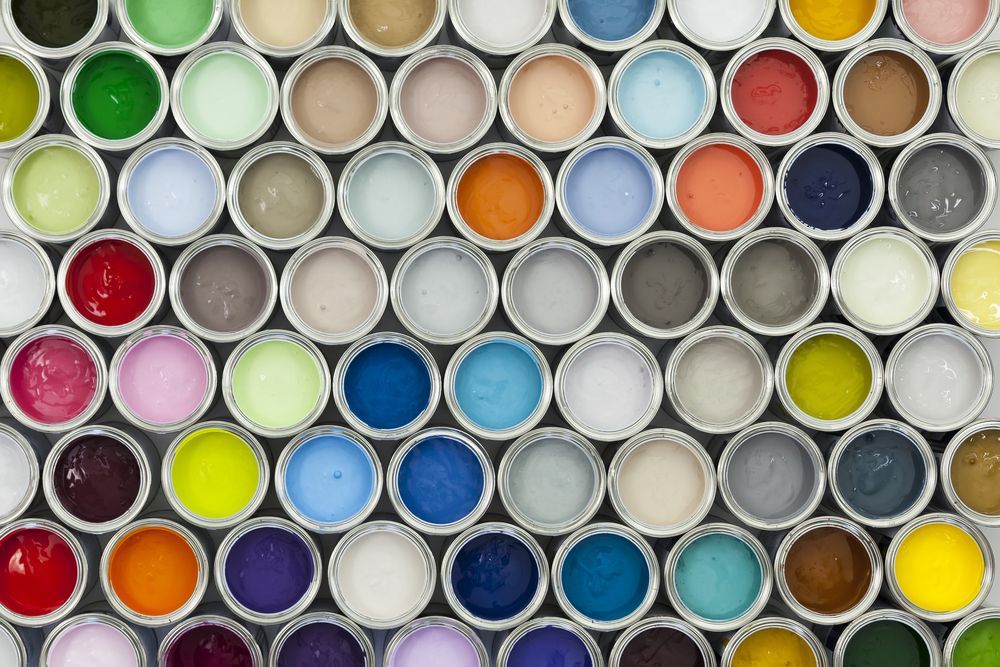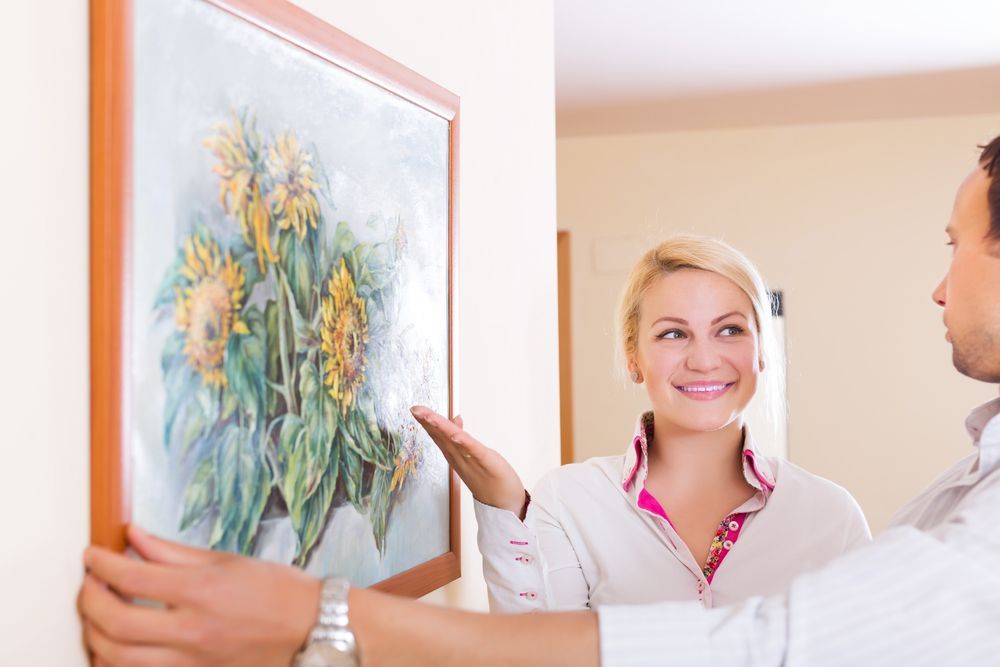How to Remove Mildew by Pressure Washing

When small black spots start to appear on tile and walls, you know you have a problem: mildew. This stubborn fungus that loves to colonize dark and damp places can cause serious damage to your home.
As the fungus expands and gets thicker, it manages to make its way underneath the shingles, for example. Sooner than you expect, the wood will rot, causing your roof to leak. Fixing a leak in the roof will be an unnecessary expense that could have been avoided if you had not allowed the mildew to grow. Not to mention the fact that inhaling these microscopic spores is bad for your health.
With that said, it should be obvious that keeping an eye for mildew and promptly removing it is the best way to deal with it. One of the best solutions to this problem is pressure washing.
Below you’ll find our guide for removing mildew with a pressure washer:
- Pick the Right Pressure Washer
First things first, you need to ensure that you have the right tool for the job. Pressure washers are available in various sizes. Their power and performance are measured by watts. The higher the number of watts, the more water pressure the machine delivers.
Consider the size of the area you want to clean before buying a pressure washer. If you’ve only identified mildew in small areas around your home, then a 1500 watts pressure washer would do the job. But if the problem you are dealing with is serious, you will need a more powerful tool.
- Dress Properly
It’s essential to wear the right clothes when using a pressure washer. It is mandatory to wear gloves and protective goggles. The chemical solution used to remove mildew can irritate the skin while the soap spray can get into your eyes. For your shoes, you should wear boots that are skid proof because the area will be very wet. Wear some old clothing that you wouldn’t mind throwing away after you are done.
- Clean the Affected Area
Remove any items that can be damaged in the process of washing. Take into consideration the fact that any glass window or fragile area can be damaged or even destroyed during the power washing.
- Divide the Area into Sections
The best way to clean every single spot is to divide the area and clean one section at a time. That way, you will avoid any cleaning overlap.
- Wash
It is recommended to use low pressure and a wide spray setting when you are applying the chemical cleaner. You must leave the solution on to work for up to 20 minutes. Meanwhile, use a scrub brush to ease the mildew away from areas that are badly affected. Apply water to surfaces that begin to dry.
- Rinse
Use the pressure washer nozzle pointed at an angle to rinse both the detergent and the mildew. It is recommended to rinse each section thoroughly to prevent streaking. If there are any surfaces that you cannot reach with the regular nozzle, use the telescoping wand, which is specially made for hard-to-reach spots.
Washing away mildew with a high-powered cleaning solution is an excellent way to get rid of the problem, maybe even for good. However, the best method to get rid of mildew is simple: to not let it grow in the first place. Inspect your home carefully every season and look for any signs of mildew. Remove it before it gets a chance to expand and affect other areas.
If you are looking for professional help for removing mildew, don’t hesitate to contact us !



